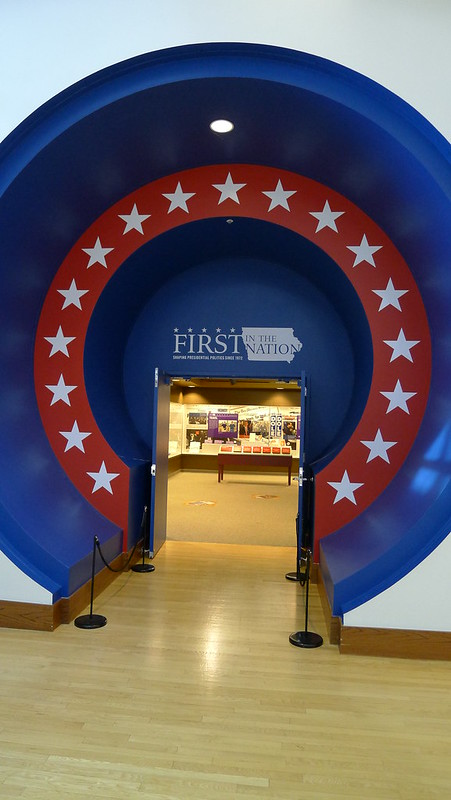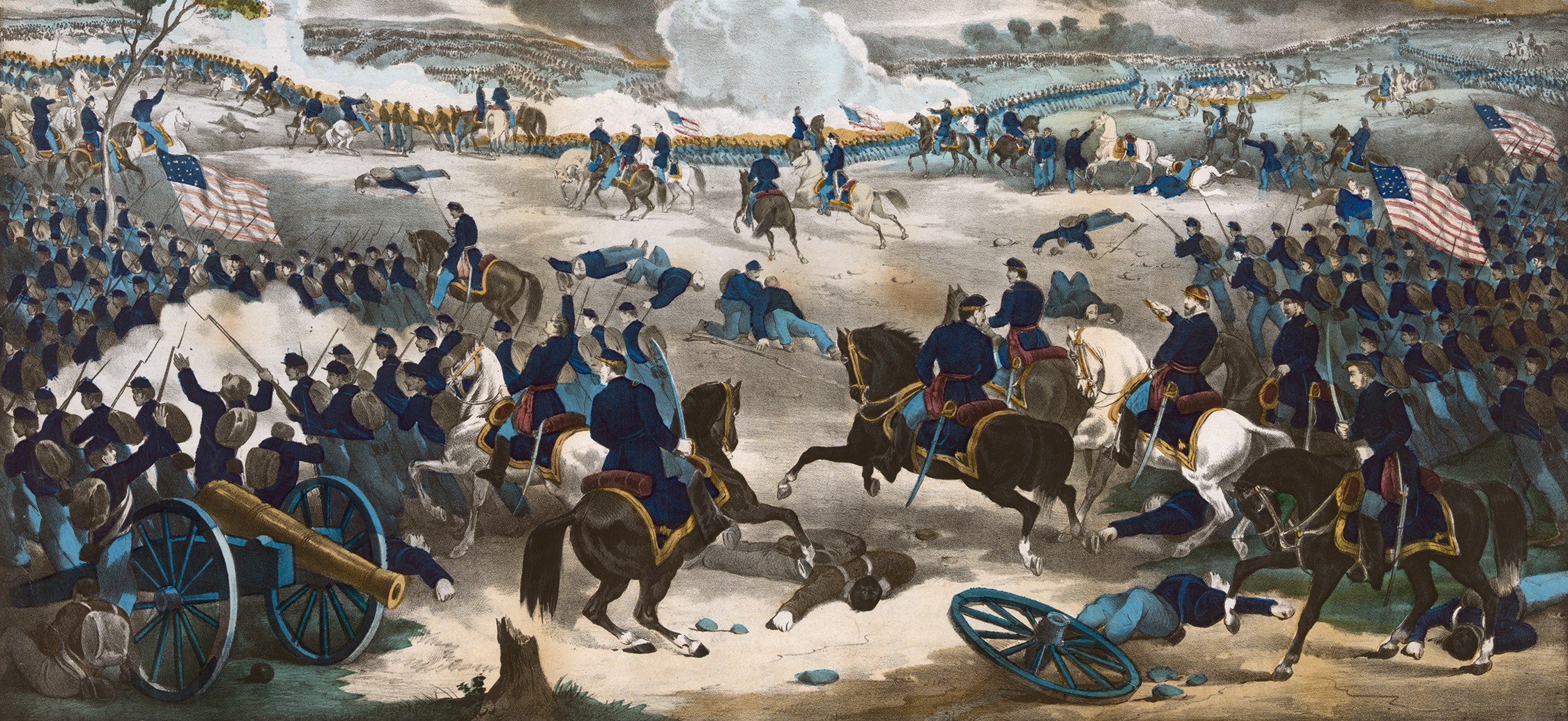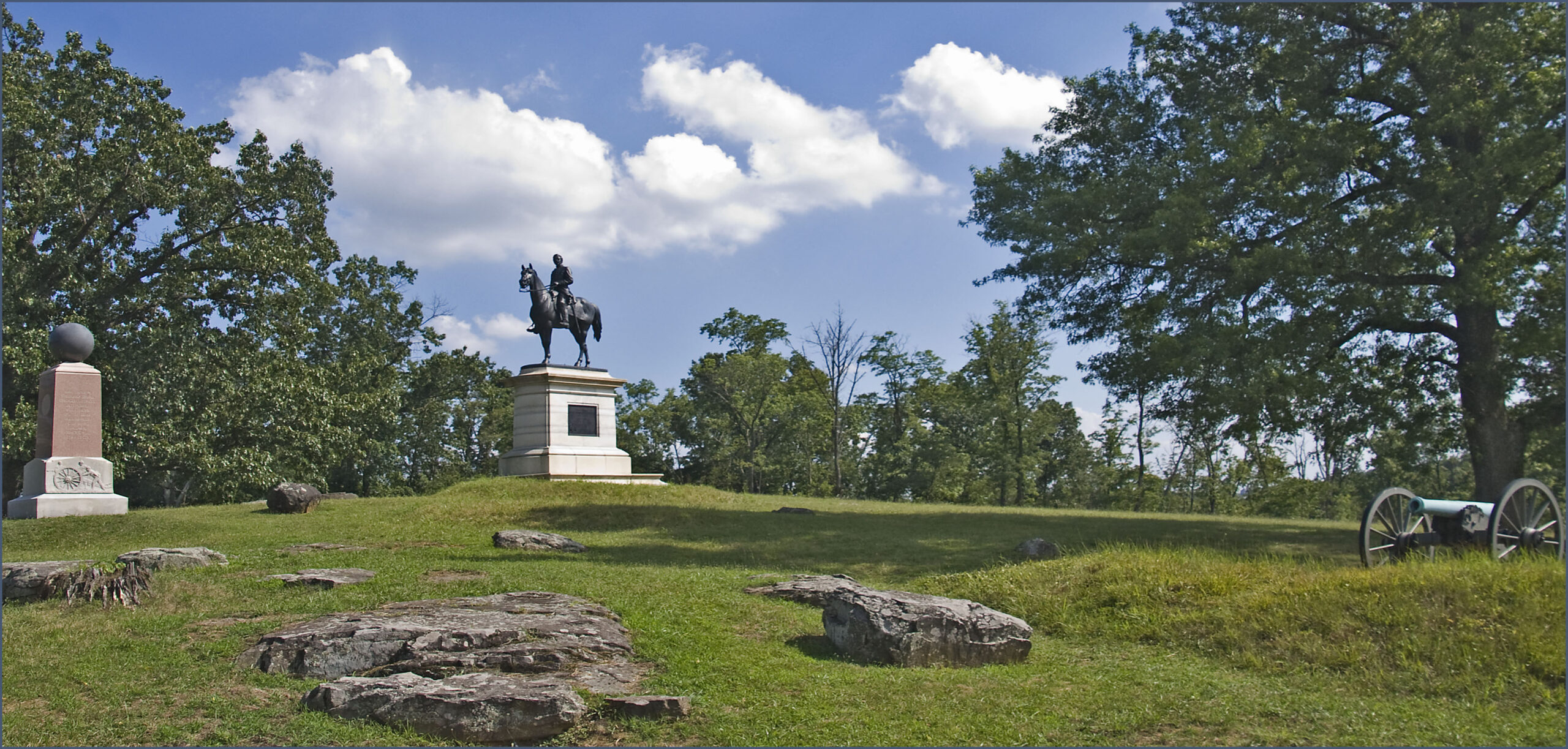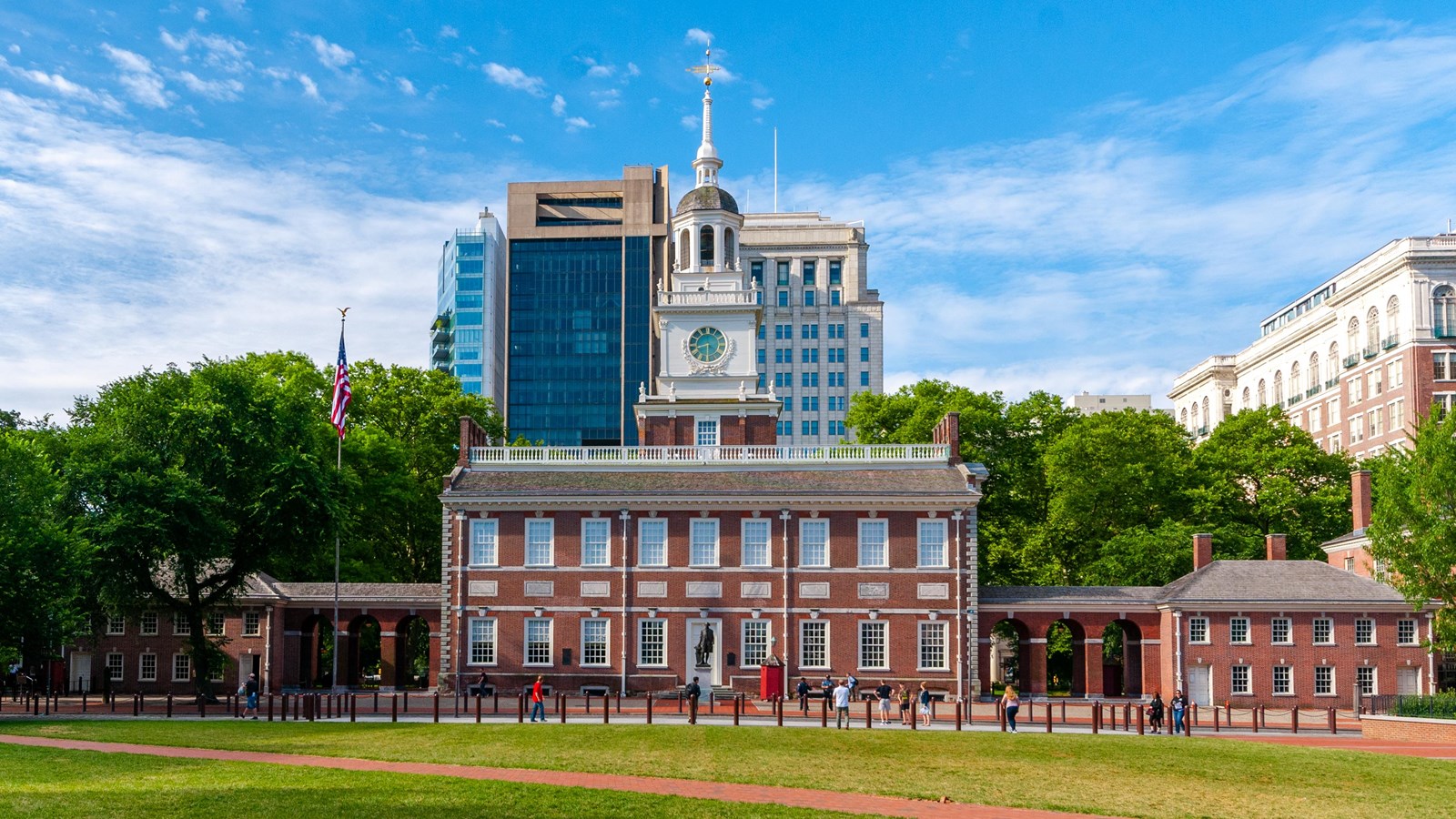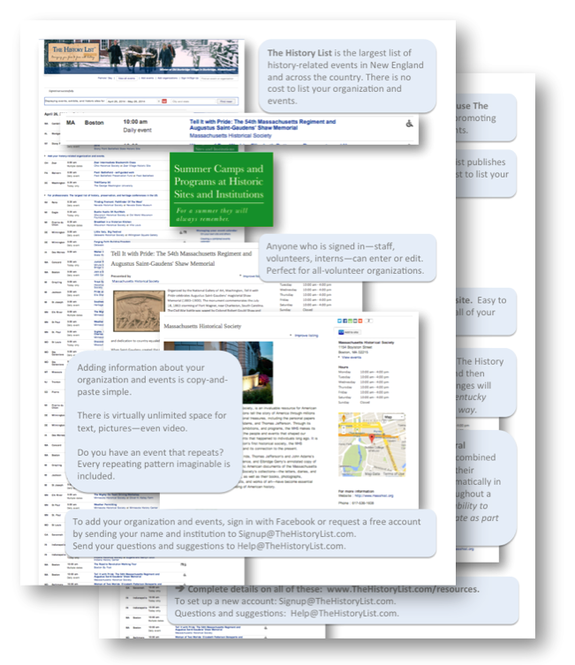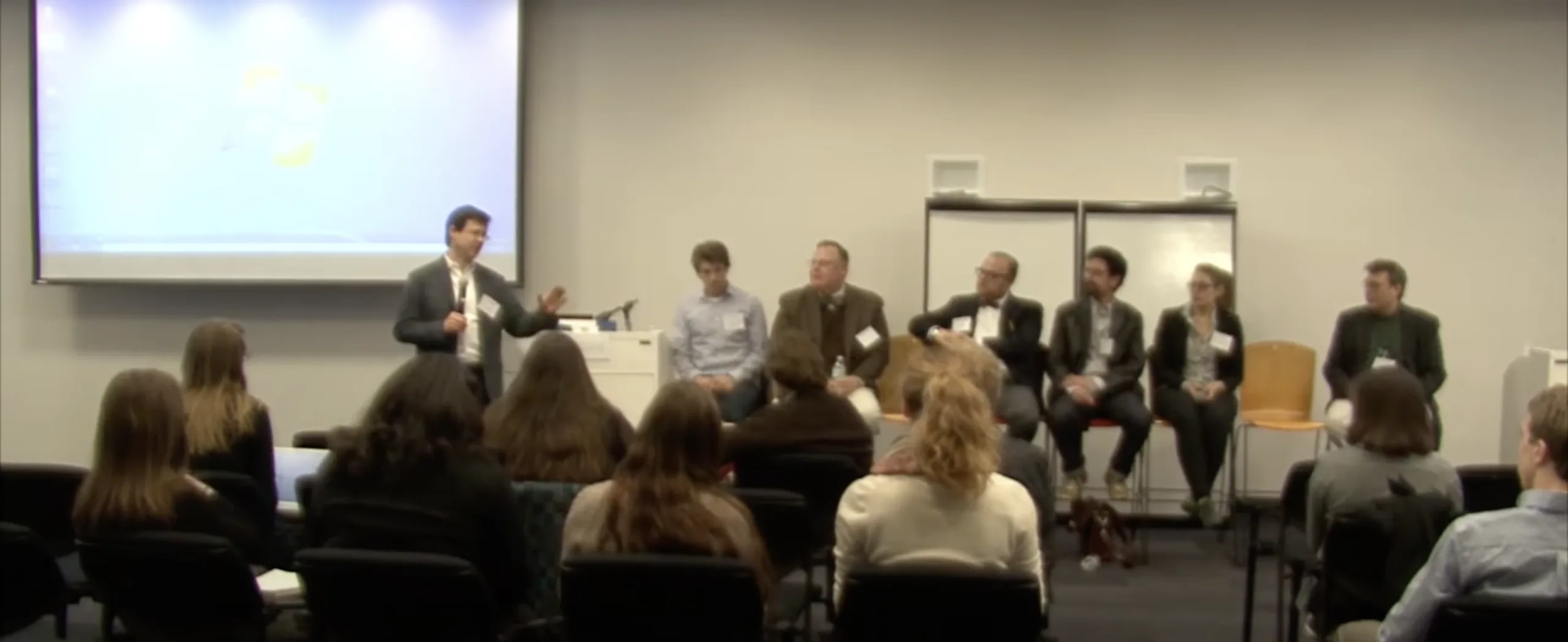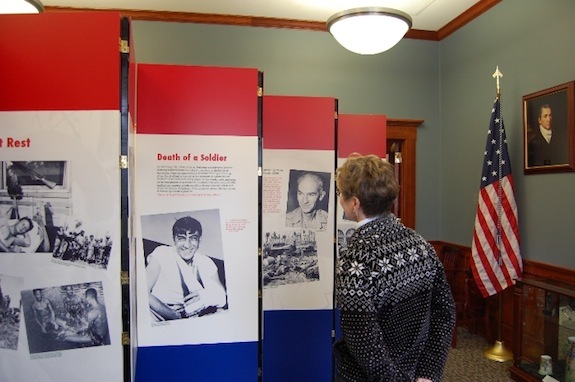Touring the State Historical Museum of Iowa—and ideas you can use
During History Camp Iowa, which was held at the State Historical Museum of Iowa on November 14, curator Leo Landis gave a tour of the museum’s newest exhibit: “First in the Nation: Shaping Presidential Politics Since 1972,” which is about the Iowa Caucuses. (The caucuses happen in February 2016, and the presidential campaign in Iowa is in full swing, so the exhibit is very timely.)
I returned a few days later to meet with Museum Director Susan Kloewer and with Leo, as well as take a closer look at some of the other exhibits.
I originally met Leo at the American Association for State and Local History’s convention in Salt Lake City in 2012 when he was the education director and curator at Salisbury House in Des Moines. He and his colleagues were at the next table at the awards banquet, and I became aware that an institution from Iowa was at the conference when they were called up to accept an award.
A few years later I saw that he’d been appointed the curator at the state museum. In fact, it was on the front page of the Wall Street Journal in a story about one of his curatorial decisions, “Fans Want Floppy the Dog to Sit and Stay, but Museum Won’t Roll Over—After Beloved Beagle Puppet Is Removed, Iowans Howl; Decades as TV Star.”
Leo brings great energy, experience at a wide variety of history institutions, and a deep love of Iowa history. He was also instrumental in the creation of the first History Camp Iowa. History Camps are organized by volunteers. Leo joined the organizing committee and advocated for History Camp Iowa within his organization, which eventually made the decision to host History Camp at the museum. He also recruited speakers, helped spread the word about the event, and secured valuable media coverage. Thanks to Susan, Leo, and all of the staff at the museum for supporting History Camp Iowa.
Here are five ideas from my discussions and tour that can be put to use by many other history organizations and that are included in the photos below:
- Building exhibits around noted local or statewide events. In the case of the State Historical Museum of Iowa, the two notable ones are the caucuses, which came to national prominence in 1976 following Carter’s victory, and an annual bike ride across the state, which was first held in 1973. (Pictures of both exhibits are included below.)
- Drawing people into your building and exhibit halls, including promoting your exhibits in creative ways throughout your site or museum (such as on elevator doors) and with exterior signage.
- The creativity and new ideas brought by engaging an outside designer who works with institutions across the country, as shown especially in the caucus exhibit and the exhibit on movies filmed in Iowa.
- Representing the entire range of candidates and campaigns in an exhibit on politics, as shown in the caucus exhibit.
- Embedding additional information into signage without adding words or images, also from the caucus exhibit.
The last one needs some additional explaining. It refers to the signage that runs in a circle around the upper perimeter of the room housing the caucus exhibit. When I first saw the text, I didn’t pick up on the fact that the choice of italics and bold were anything more than design decisions. Now that you’ve been tipped off to the fact, you can probably figure out the key based on the picture immediately below: The candidates who won their party’s caucus are in bold, and the candidate who won the presidency is in italics.
This is really well done. The only thing was missing is a small key somewhere in the display to clue viewers into this fact that there is additional information embedded into the text.

Tour of “First in the Nation” exhibit with curator Leo Landis
Tour of the rest of the museum
Behind the scenes: Touring the archives with Curator Leo Landis

